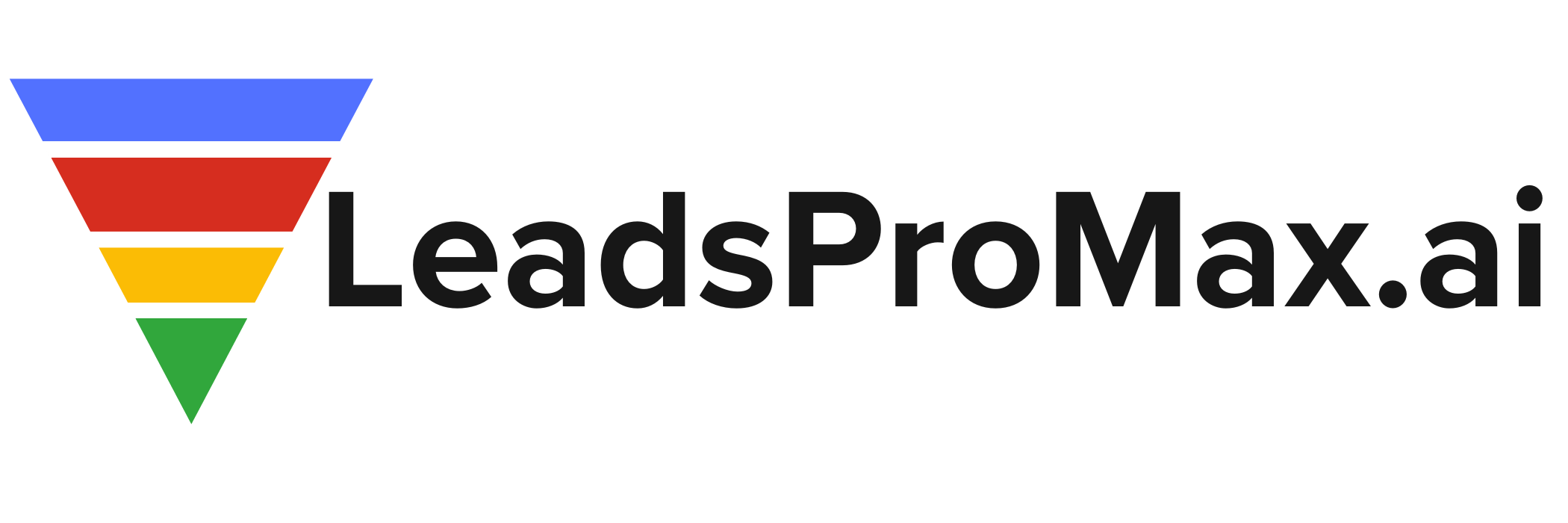AI in Manufacturing: The Shift from Predictive to Prescriptive Analytics
The manufacturing industry is undergoing a significant transformation, driven by the rapid advancements in artificial intelligence (AI) technologies. As manufacturers seek to optimize their processes, improve quality control, and reduce waste, AI is becoming an increasingly critical tool in their arsenal. In this blog post, we’ll explore the evolution of AI in manufacturing, focusing on the shift from predictive to prescriptive analytics and its implications for the industry.
Predictive Analytics: The Foundation of AI in Manufacturing
Predictive analytics has been a game-changer for manufacturers, allowing them to leverage historical and real-time data to forecast future outcomes and identify potential issues before they escalate. By aggregating data from various sources into a centralized system, predictive models can alert operators to anomalies, enabling proactive troubleshooting and minimizing unplanned downtime.
One of the key benefits of predictive analytics is its ability to reduce material waste through scrap prediction. By analyzing production data, these models can identify patterns that lead to defective products, allowing manufacturers to adjust their processes accordingly. Additionally, predictive analytics enhances quality control by forecasting product performance outcomes, ensuring that only the highest quality products reach customers.
To effectively implement predictive analytics, manufacturers must have a robust data infrastructure in place. This often includes cloud-edge architectures that enable fast data processing and real-time analysis across various manufacturing processes. With the right infrastructure, manufacturers can harness the full potential of predictive analytics to drive efficiency and improve their bottom line.
Prescriptive Analytics: Taking AI to the Next Level
While predictive analytics has been a valuable tool for manufacturers, the industry is now shifting towards prescriptive analytics, which takes AI-driven insights to the next level. Prescriptive analytics builds upon predictive models by recommending specific actions to optimize manufacturing processes. Instead of simply forecasting potential issues, prescriptive analytics suggests how to address them effectively, using complex algorithms and machine learning to analyze vast datasets across different production variables.
One of the primary advantages of prescriptive analytics is its ability to enhance decision-making. By providing actionable recommendations, these systems can significantly improve operational efficiency, ultimately leading to increased profitability. Moreover, as algorithms continuously evolve with new data, they refine their recommendations, enabling ongoing improvements in production outcomes.
Prescriptive analytics has numerous applications in manufacturing, from optimizing production schedules based on demand forecasts and machine availability to managing supply chains by recommending optimal inventory levels and supplier selections. By leveraging prescriptive analytics, manufacturers can navigate the complexities of modern production environments with greater ease and precision.
The Rise of AI-Driven Automation
As AI continues to advance, we’re witnessing a growing integration of AI-driven automation in manufacturing. This automation enables real-time adjustments based on algorithmic recommendations, further enhancing production efficiency and quality. By combining the insights from prescriptive analytics with automated systems, manufacturers can create a seamless, data-driven production environment that adapts to changing conditions in real-time.
Looking Ahead: The Future of AI in Manufacturing
The shift towards prescriptive analytics is just one part of a broader trend towards integrated AI solutions in manufacturing. As the industry embraces Industry 4.0 practices, we can expect to see increased reliance on data-driven decision-making to manage complex manufacturing environments. Moreover, continuous advancements in AI capabilities promise to further streamline production processes, enabling manufacturers to achieve new levels of efficiency and quality.
As we look to the future, it’s clear that AI will play an increasingly vital role in shaping the manufacturing landscape. By embracing these technologies and investing in the necessary infrastructure, manufacturers can position themselves for success in an ever-evolving industry.
In conclusion, the evolution from predictive to prescriptive analytics marks a significant milestone in the journey towards AI-driven manufacturing. By harnessing the power of advanced analytics and automation, manufacturers can not only foresee challenges but also implement optimized solutions, improving productivity, reducing waste, and maintaining a competitive edge in a rapidly changing marketplace. As the industry continues to transform, those who embrace AI will be well-positioned to thrive in the years ahead.
#Manufacturing #AI #IndustryTrends
Are you ready to unlock the potential of AI in your manufacturing organization? Embrace the shift from predictive to prescriptive analytics and transform your operations for the future. Share your thoughts and experiences in the comments below, and let’s continue the conversation about how AI is reshaping the manufacturing industry.
-> Original article and inspiration provided by ReviewAgent.ai
-> Connect with one of our AI Strategists today at ReviewAgent.ai

